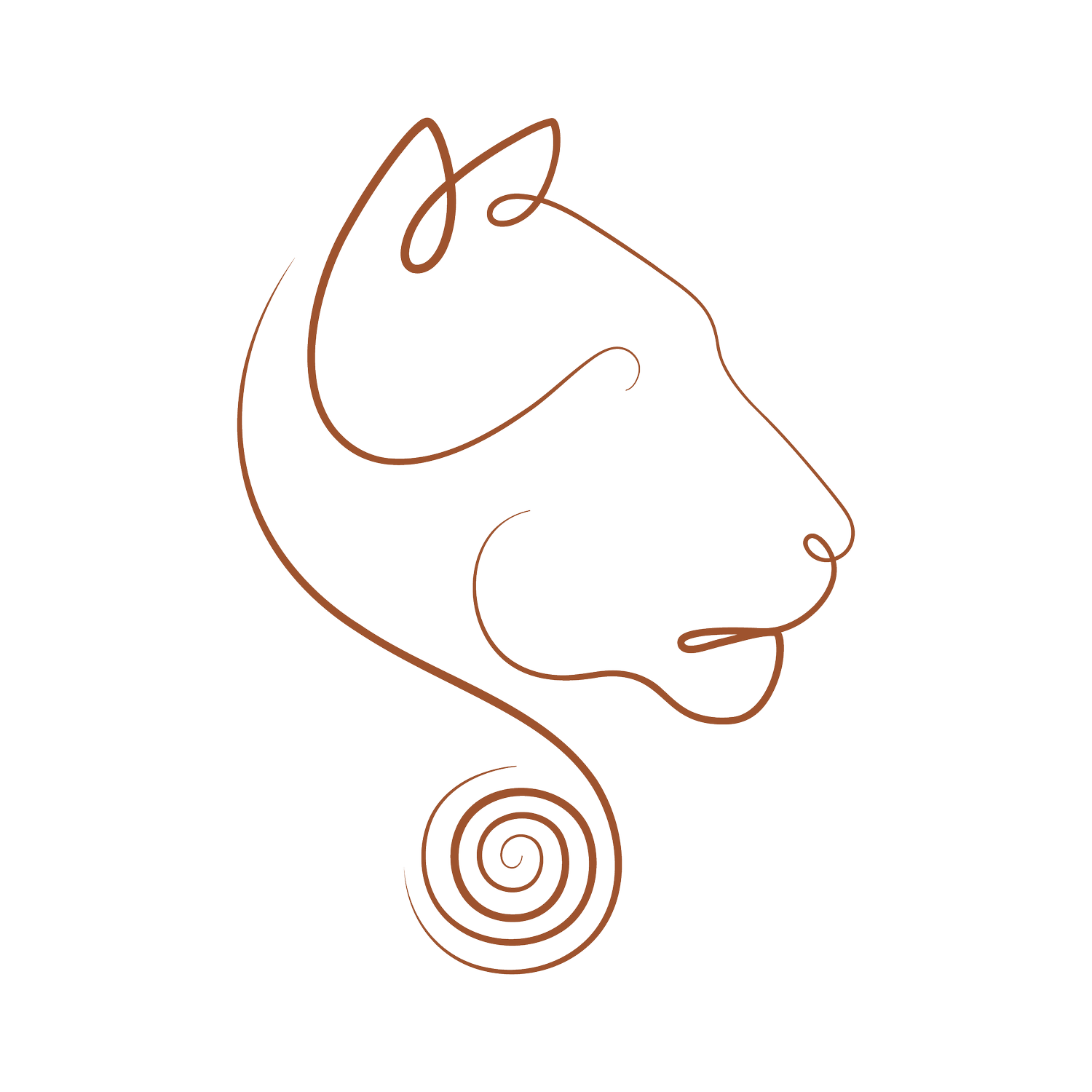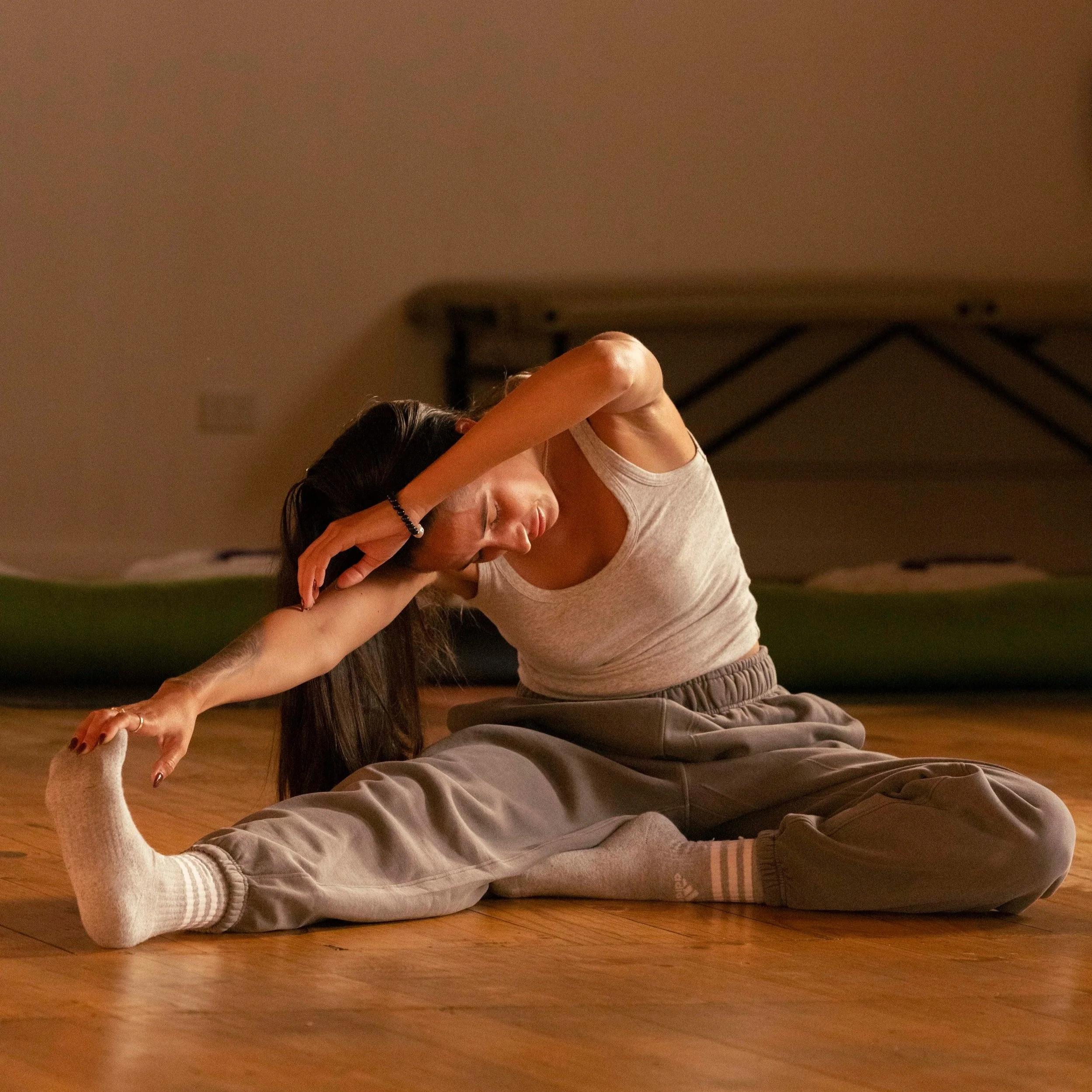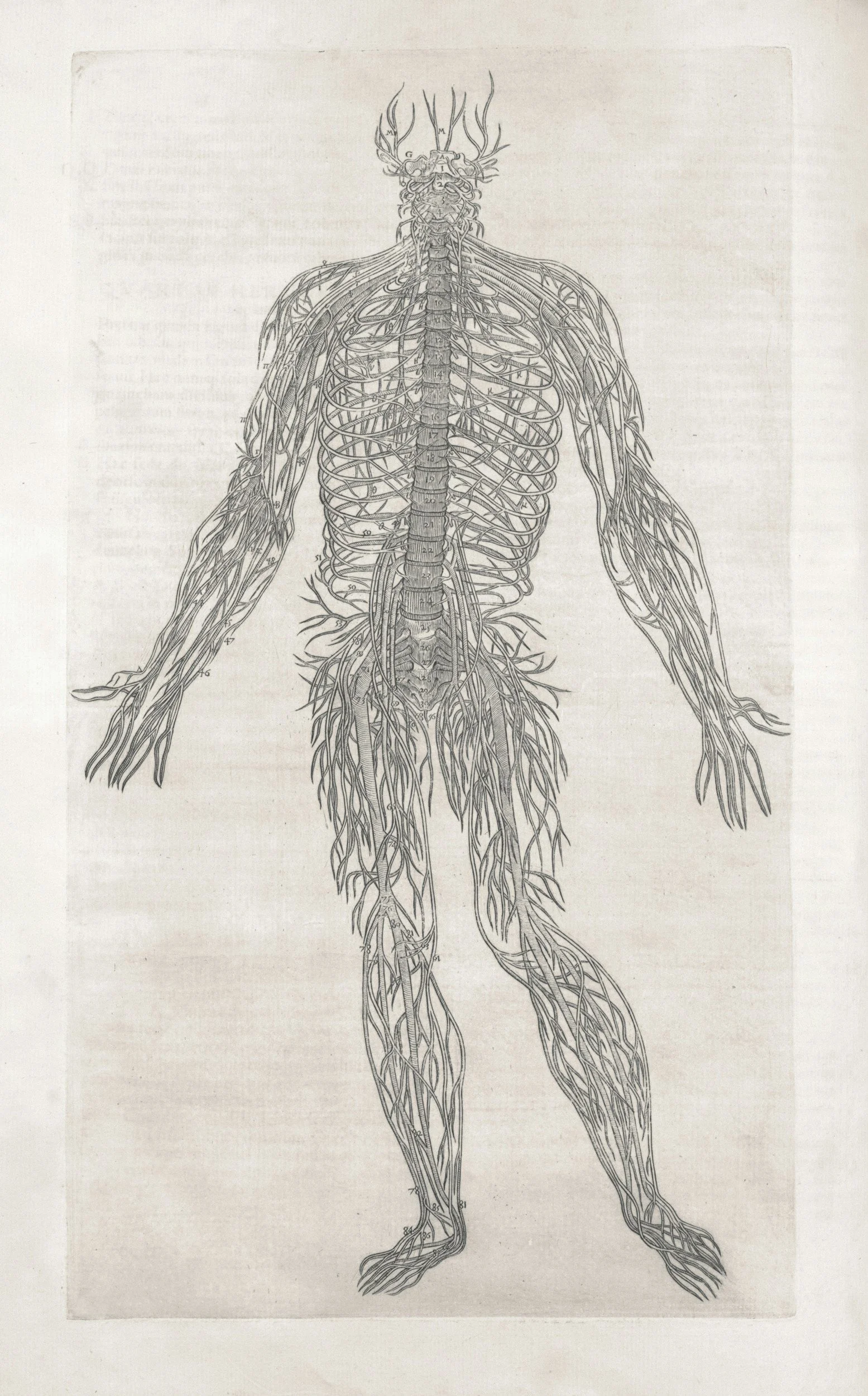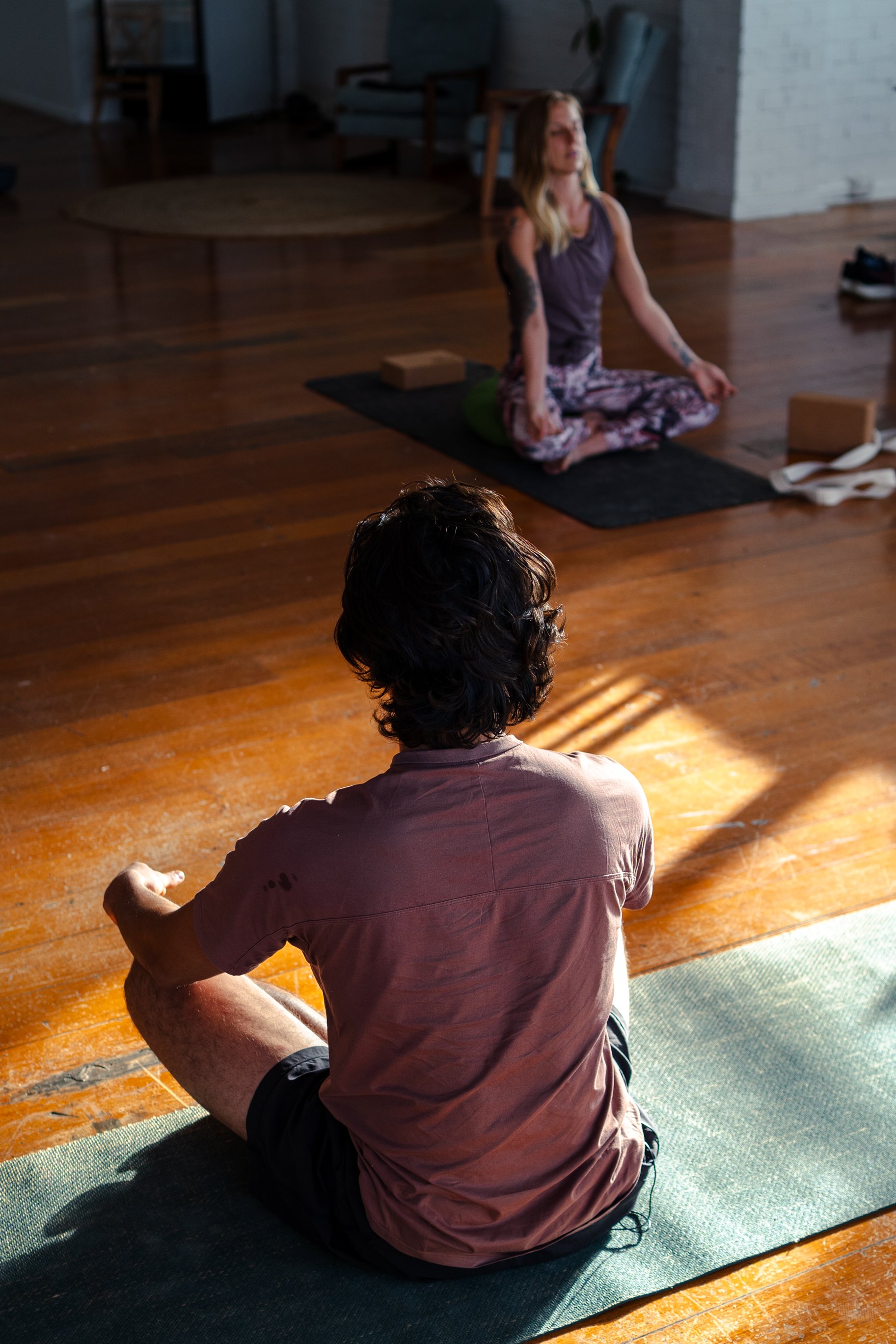The Real Reason You Feel Tight
A deeper look into the causes of physical tension
Inside this Lion Letter we explore the science and deeper meaning behind chronic recurring tension in the body
Why The Body Holds On
I often hear people say things like;
"I’m holding tension in my shoulders”,
“My hips feel wonky”,
“There’s a knot in my back I can’t get rid of”,
But what are they really describing and how does this happen in the body?
Tension Is The Body’s Way of Protecting You
When we feel tension it’s not necessarily weakness or a sign you’re doing something wrong! It’s the nervous system saying: “This is the safest pattern I know right now”. Over time, this safety strategy becomes the default and the tissue adapts around it. When tension goes on unaddressed, it creates a chain of downstream effects leading too:
Limited mobility
Decreased strength
Compensatory movement patterns
Faulty joint loading
Chronic fatigue
The more you override these signals by pushing harder, or ignoring the message the more deeply it can embed itself into the neuromuscular system.
The Real Reasons Tension Accumulates
Tension comes from systemic adaptation to physical, emotional, behavioural & environmental inputs. The most common contributing factors are overuse, disuse, postural patterns, emotional holding, autonomic regulation & lifestyle.
Overuse
When the same muscles are repeatedly recruited, they stop knowing when to relax. Common examples are: shoulder elevation under stress, jaw clenching during focus, or lumbar erector spinae contraction whilst working over time, neural feedback loops reinforce this hypertonic contraction as protection. (Proske & Gandevia, 2012).
Disuse
When the stabilising muscles go quiet, often the diaphragm, pelvic floor, deep abdominals or larger global muscles step in. This creates tension that feels like strength but is actually overcompensation. (Hodges & Richardson, 1996).
Postural Patterns
Every postural habit has it’s shape. Slouched sitting, forward-head posture & shallow breathing; each signals the brain to adapt. The body learns these maladaptive patterns through repetition until they feel normal. (Griegel-Morris et al., 1992).
Psychosomatic Holding
Stress, grief, and unresolved emotion leave a residue in the tissues. Chronic activation of the stress response keeps the sympathetic system firing and the muscles braced. (Sapolsky, 2004; van der Kolk, 2014). In neurophysiology, this is described as neurovisceral integration - the interplay between emotion and muscle tone through vagal regulation.(Thayer & Lane, 2000).
Allostatic Load
We live in a world that is bombarded by constant stimulation. Screens, rushing, caffeine, shallow breathing that all prime the sympathetic system to stay alert. (McEwen, 2007). It’s hard to find a moment of quiet rest when everything is seamingly speeding us up and creating layers of tension deep in our body, mind and energy systems.
“It’s all the same message: The body has been adapting to survive while you’ve been driving” - Jesse David
Why It’s Hard To Let Go
Releasing accumulated tension isn’t just matter of hours of hard stretching or more massages. If the nervous system doesn’t feel safe, the tissues won’t soften. The Polyvagal Theory explains this: when safety signals are absent, the vagus nerve disengages, keeping the body in defensive readiness. (Porges, 2007). Until that shifts, the system remains on guard protecting and keeping the body in high alert. That’s why I see clients who seemingly “do everything right” but still feel tight. The missing link is learning how to listen to the body’s signals again and responding with aligned action.
Practical Ways To Begin
I recommend starting small, remember consistency is the most important factor to achieve results.
Breathe diaphragmatically, let your ribs widen with each inhale, exhale longer than you inhale.
Move slowly and with awareness which will build greater efficiency with movement.
Alternate effort and ease in your physical practice. Work hard. Then rest even harder.
Grounding/earthing daily. This is a non-negotiable. More on this in the future.
Observe emotions and sensations. What feels like tightness may be unprocessed energy in motion (e-motion) ready to move.
How To Work With Tension
The following (in no particular order) are some of the most effective ways I have found personally & professionally to rebuild coherence in the body and release chronic recurring physical tension.
Neuromuscular retraining e.g. DNS, Alexander Technique
Mobility training & myofascial release e.g. contract relax techniques, mobility exercises
Bodywork, manual therapy and acupuncture from an experienced practitioner
Energy healing/balancing from an experienced practitioner e.g. Reiki, Sound & Vibrational Therapy
Meditation e.g. TM, Yoga Nidra
“Your body holds on until it knows it can let go. When you view tension with curiosity rather than control, you can begin to reorganise it.”
References
Falla, D., Jull, G., Hodges, P. W., & Vicenzino, B. (2004). Altered muscle recruitment during sustained isometric cervical flexion in subjects with chronic neck pain. Clinical Neurophysiology, 115(4), 1045–1053.
Griegel-Morris, P., Larson, K., Mueller-Klaus, K., & Oatis, C. A. (1992). Incidence of common postural abnormalities and their association with pain. Physical Therapy, 72(6), 425–431.
Hodges, P. W., & Richardson, C. A. (1996). Inefficient muscular stabilization of the lumbar spine associated with low back pain. Spine, 21(22), 2640–2650.
McEwen, B. S. (2007). Physiology and neurobiology of stress and adaptation: central role of the brain. Physiological Reviews, 87(3), 873–904.
Porges, S. W. (2007). The polyvagal perspective. Biological Psychology, 74(2), 116–143.
Proske, U., & Gandevia, S. C. (2012). The proprioceptive senses: their roles in signaling body shape, position, and movement. Physiological Reviews, 92(4), 1651–1697.
Sapolsky, R. M. (2004). Why Zebras Don’t Get Ulcers.
Thayer, J. F., & Lane, R. D. (2000). A model of neurovisceral integration in emotion regulation. Journal of Affective Disorders, 61(3), 201–216. van der Kolk, B. A. (2014). The Body Keeps the Score.









